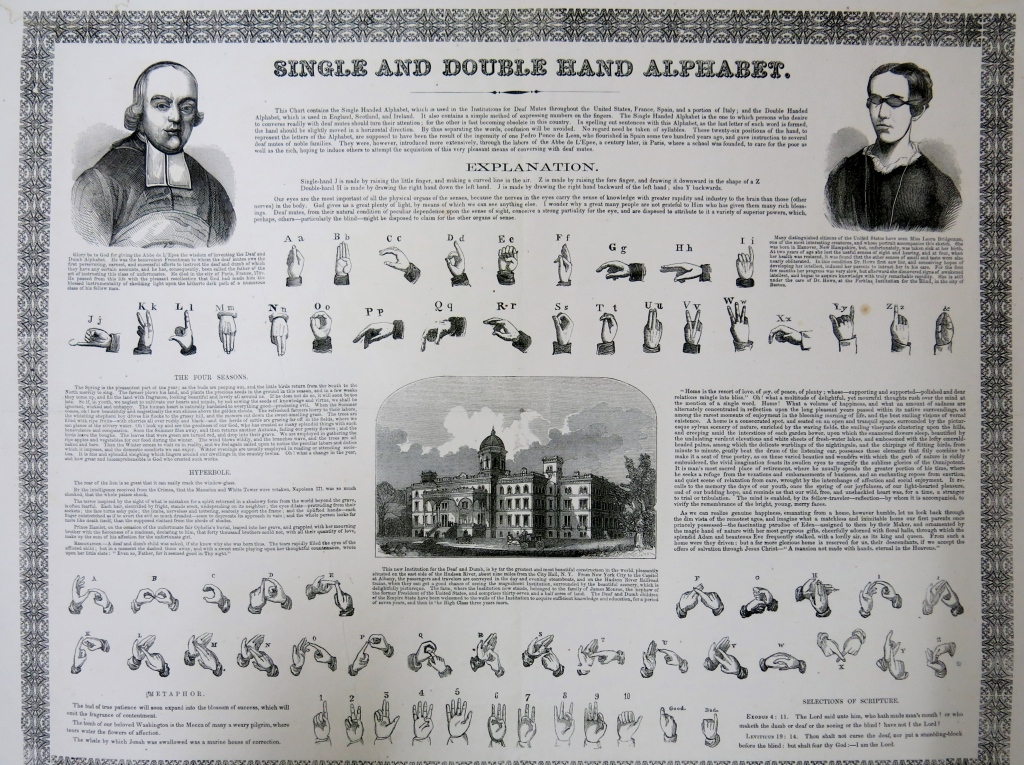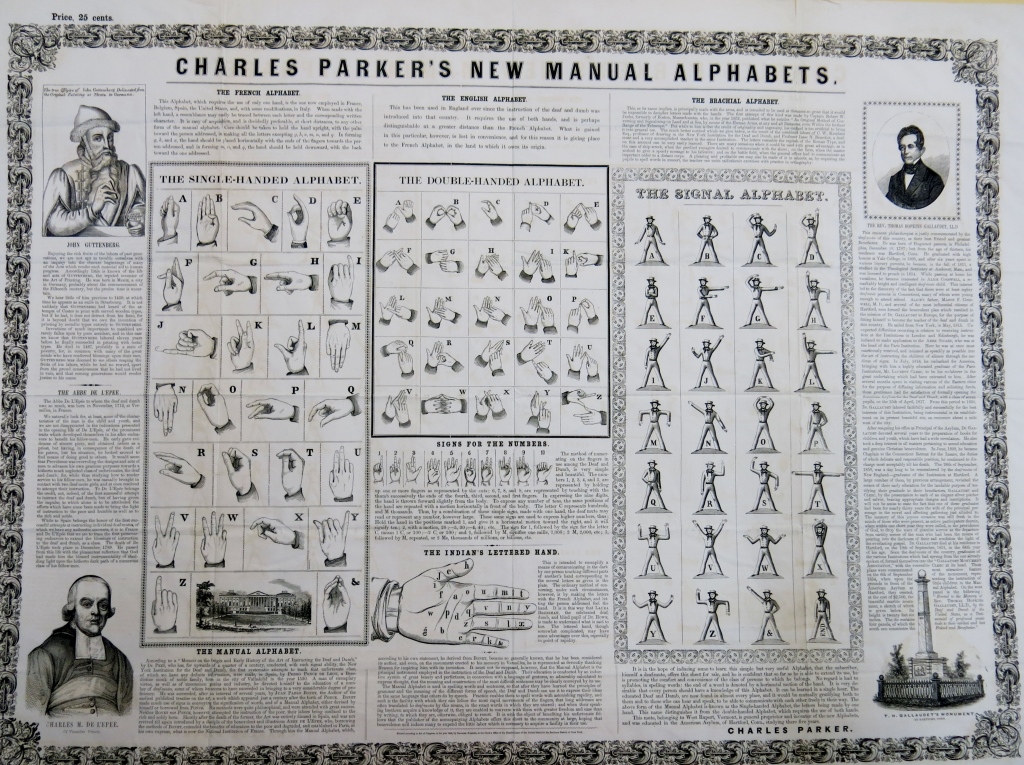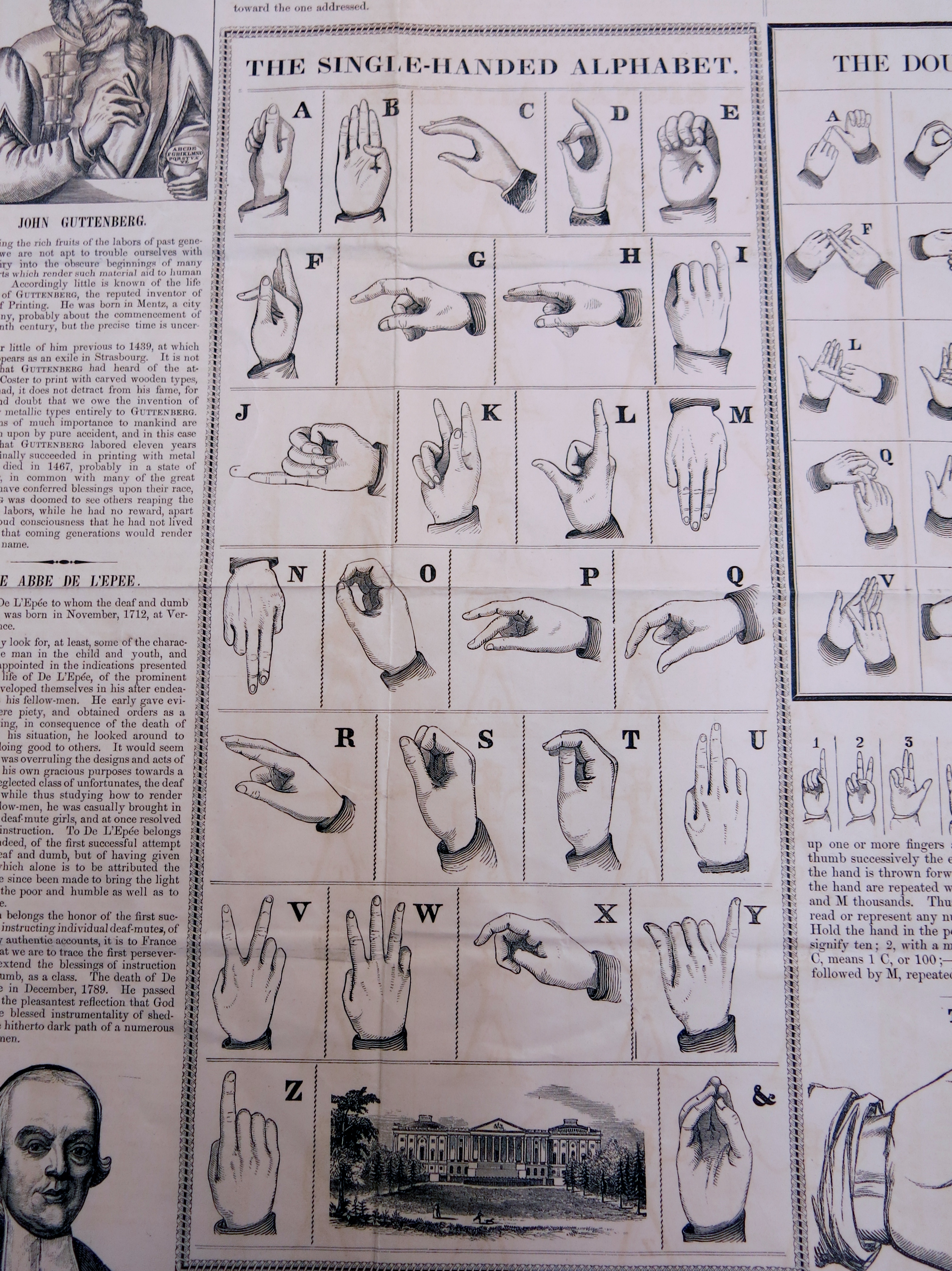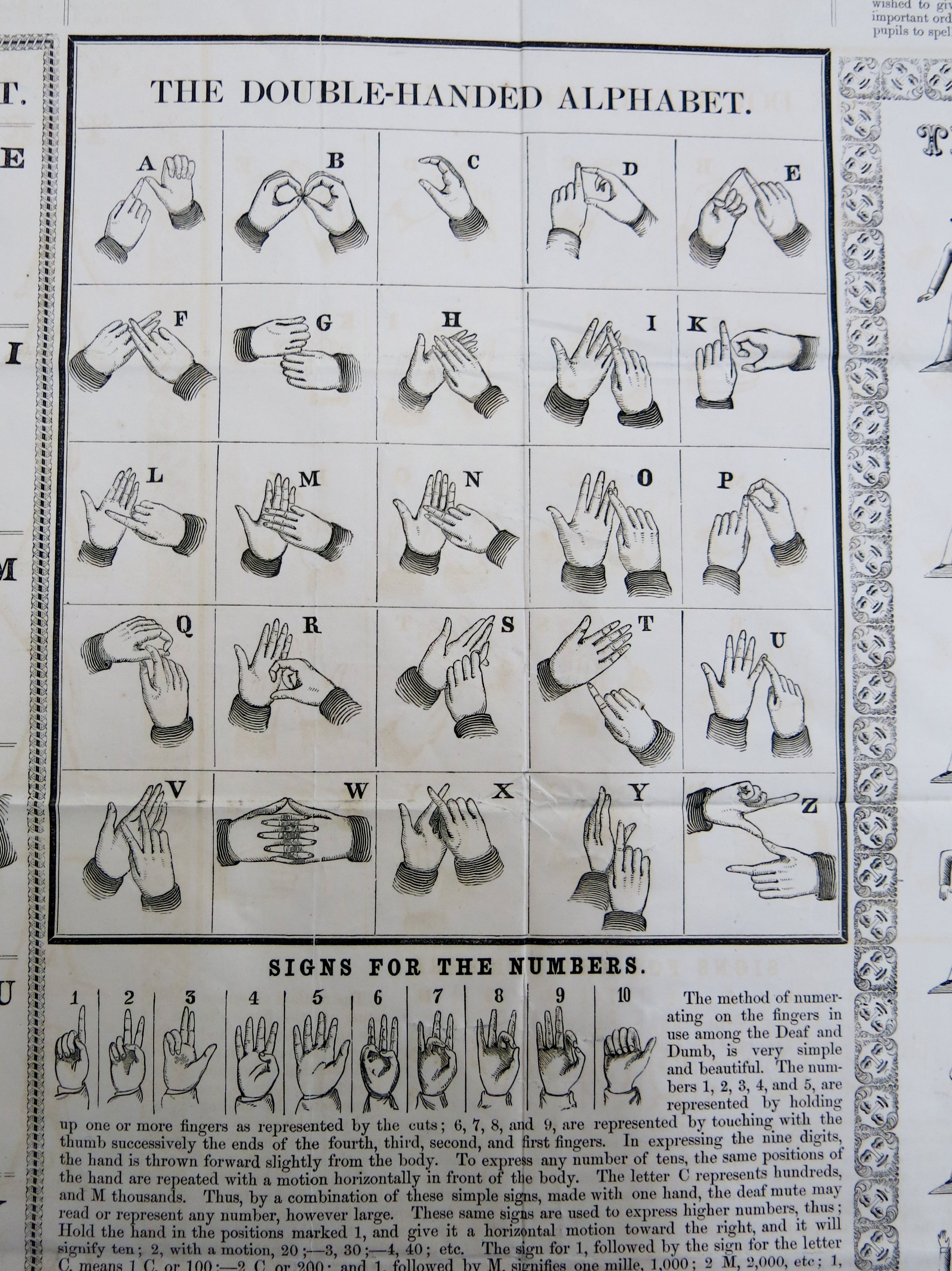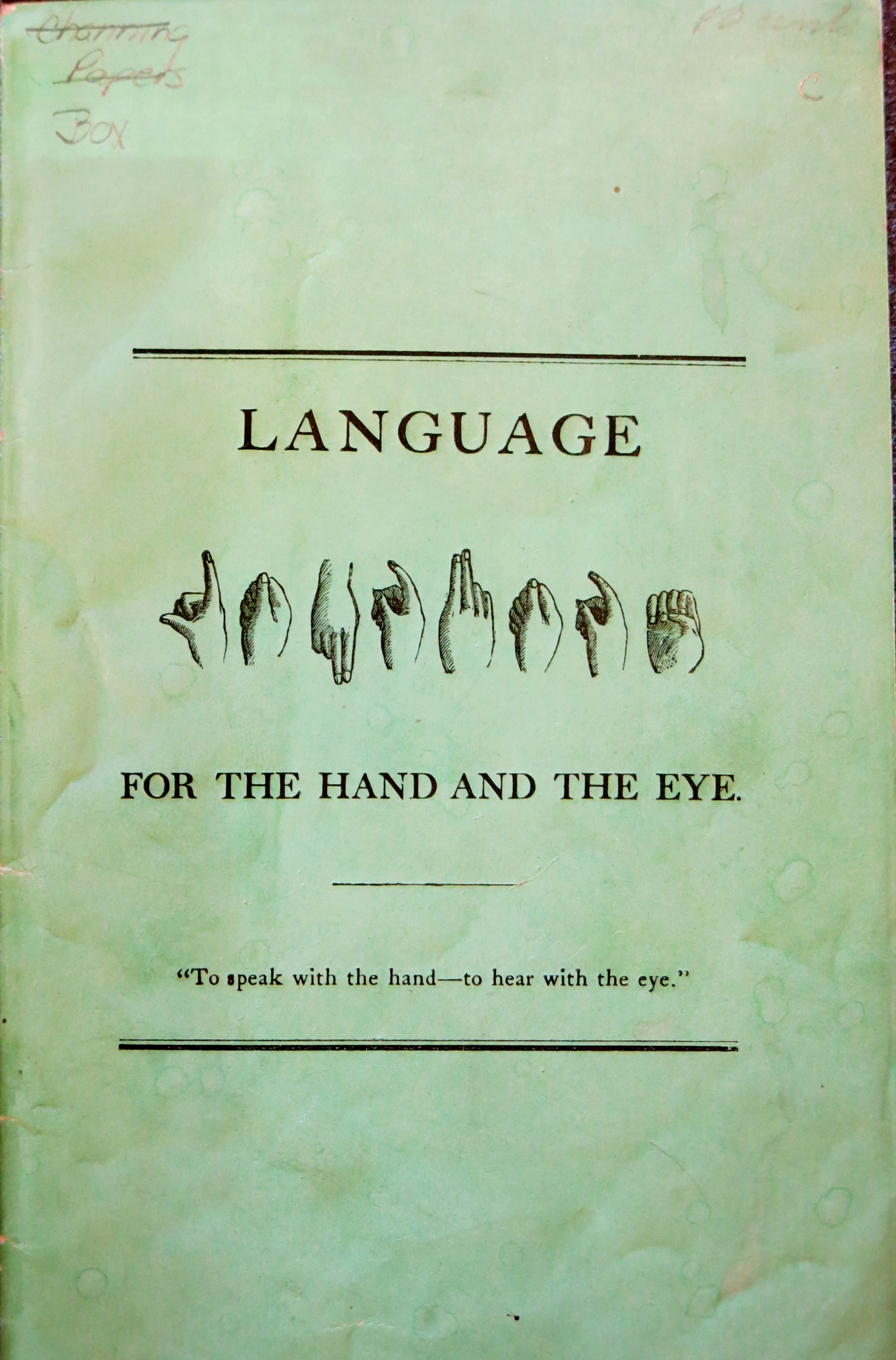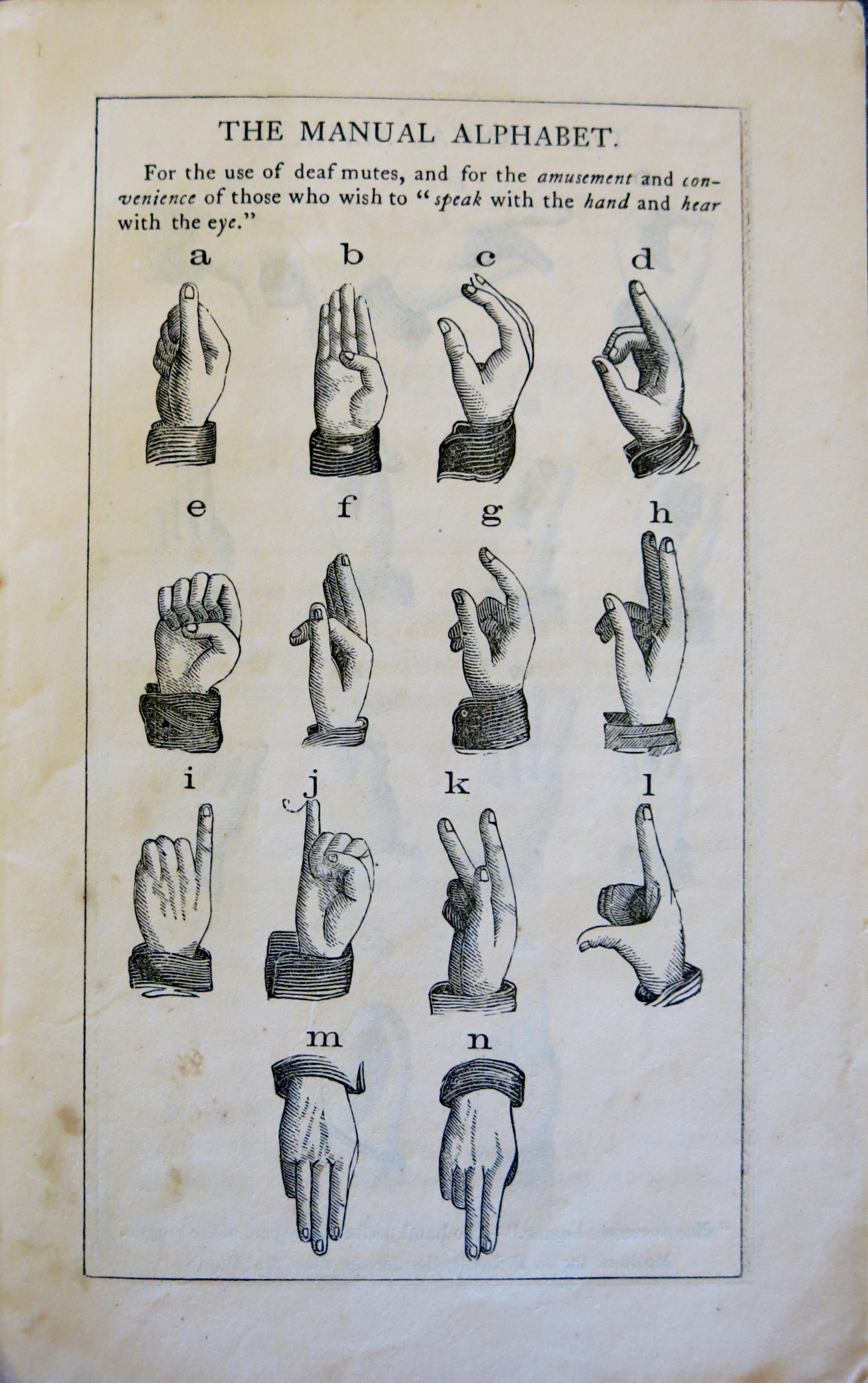By Dan Hinchen
As October begins so too does our heavy programming season. Strap in and see what’s on tap this week at the Society!
On Tuesday, 29 September, join us for our first Immigration and Urban History seminar of the season. Beginning at 5:15PM, Susan Eckstein of Boston University presents “Cuban Immigration and Exceptionalism: The Long Cold War.” In this project, Eckstein focuses on the complex roots of expanded benefits extended to Cuban refugee and immigrants over those from other Communist regimes, and the likely reform in Cuban immigraiton policy. Christine Thurlow Brenner of Univeristy of Massachusetts – Boston provides comment. Seminars are free and open to the public; RSVP required. Subscribe to receive advance copies of the seminar papers. Note that this session only will begin with a light supper at 5:15PM, and the program will follow at 6:00PM.
Then, on Wednesday, 30 September, stop by at noon for a Brown Bag lunch talk with Gregg Lint, Series Editor for the Papers of John Adams: “Forty Years of Living with John Adams.” This talk is about the life and times of a young editor who grew old reading the mail of a man who always had something to say on almost every conceivable subject, and kept everything. This talk is free and open to the public.
Also on Wednesday is a special film screening at the Society. Co-sponsored by the Arnold Arboretum of Harvard University, “Wilderness in America: A History of America & the Land From Conquest to Conservation,” looks at the legacy of conservation in America, unmatched anywhere else in the world. The film tells the story of four centuires of American history and the changing view of the land by leaders, writers, artists, photographers, teachers, and organizations, and the resulting environmental legislation of the last half-century. Registration is required at no cost. A reception begins at 5:30PM and the screening begins at 6:00PM.
On Thursday, 1 October, there is a special MHS Fellows and Members event for the unveiling of the Society’s next exhibition. “Terra Firma: The Beginnings of the MHS Map Collection Preview Reception” is a chance for our Members and Fellows to get a first peek at the upcoming public exhibition, Terra Firma. Stephen T. Riley Librarian Peter Drummey will provide remarks at 6:00PM while the reception and preview will begin at 6:30PM.
And on Friday, 2 October, the Society opens two new exhibits to the public. First is the aforementioned “Terra Firma: The Beginnings of the MHS Map Collection.” This exhibit celebrates the beginning of one of the most diverse and interesting collections here at the MHS as we approach our 225th year. Also opening on Friday is “‘Always Your Friend’: Letters from Theodore Roosevelt to Henry Cabot Lodge, 1884-1918.” This exhibit highlights selections from a remarkable collection of letters from the extensive correspondence between these two friends and their spouses. Both of these exhibitions are open to the public, free of charge, until 9 January 2016. Galleries are open Monday-Saturday, 10:00AM-4:00PM.
Rounding out the week, on Saturday, 3 October, the Society is hosting a teacher workshop and a free tour. “Painless: A Survival Guide to the (Dreaded) History Project” uses the broad themes of “Exploration, Encounters, and Exchange in History” as a springboard to dive into the research process and discover how to use primary sources to uncover the nineteenth-century global adventures of Massachusetts men and women. The program is open to students, teachers, librarians, and archivists, and begins at 9:00AM. There is a fee of $10 (free for students and teachers accompanied by students) and registration is required; please RSVP. To register, or for more information, contact the education department at education@masshist.org or 617-646-0557.
Finally, at 10:00AM on Saturday, 3 October, is the return of our free tour. The History and Collections of the MHS is 90-minute, docent-led walk through the public spaces at the Society, touching on the art, architecture, history, and collections of the Society. The tour is open to the public with no need for reservations for small groups or individuals. Parties of 8 or more should contact Curator of Art Anne Bentley in advance at 617-646-0508 or abentley@masshist.org.



